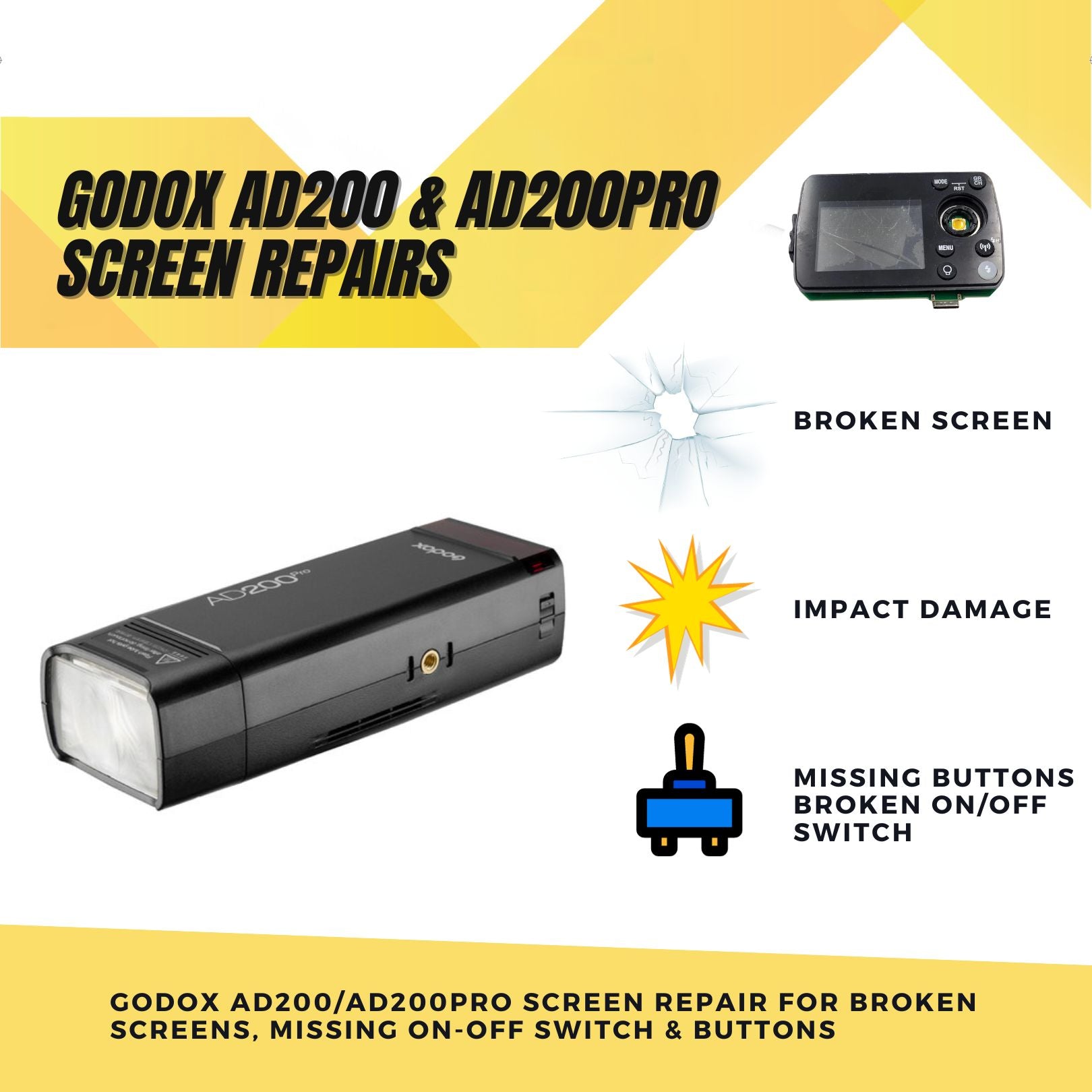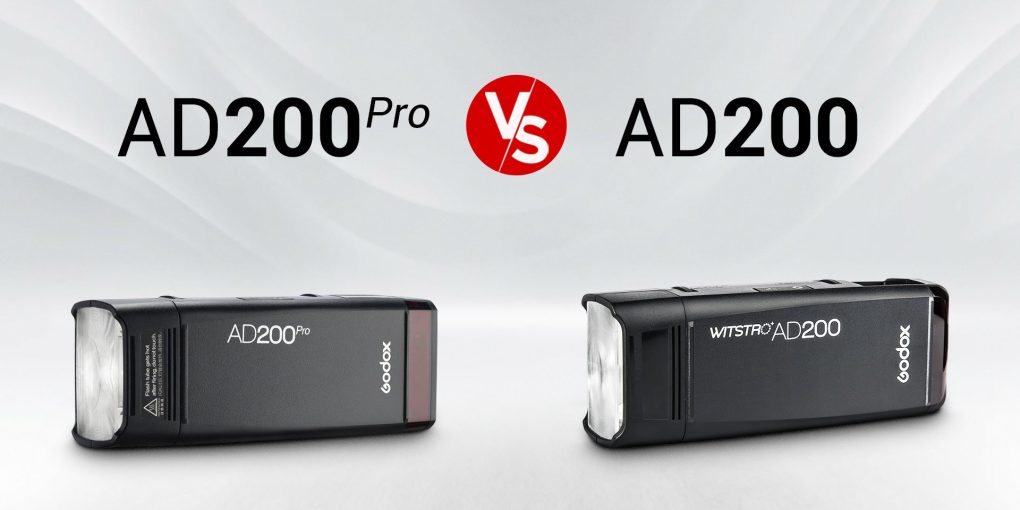Godox Ad200 Vs Ad200Pro: Which Is The Better Buy?
The main differences between Godox Ad200 and Ad200Pro are a larger power range, more precise adjustments, better color consistency, and faster recycling time. The Ad200Pro offers improved features and performance over the Ad200, making it a better option for those who require greater control and consistency in their lighting setups.
Godox, a brand known for its quality lighting equipment, has been gaining popularity among photographers. The Godox Ad200 has been a staple for professionals and enthusiasts alike, but with the introduction of the Ad200Pro, there has been confusion over which one to choose.
We’ll compare the Ad200 and Ad200Pro, highlight their differences, and help you decide which one is the right fit for your photography needs. We’ll also look at some expert reviews and feedback from photographers who have used both models to help you make an informed decision.

Credit: www.amazon.com
Table of Contents
- Power And Recycle Time Comparison
- Design And Build Quality Comparison
- Benefits Of Buying Godox Ad200
- Frequently Asked Questions For Godox Ad200 Vs Ad200pro
- What Is The Difference Between Godox Ad200 And Ad200pro?
- Is Godox Ad200 Enough For Outdoor?
- Does The Godox Ad200 Pro Have A Modeling Light?
- Can The Godox Ad200 Be Used As A Continuous Light?
- Conclusion
- CallofPhotography
Power And Recycle Time Comparison
The Godox Ad200 and Ad200Pro has a few key differences such as power increments and recycle time. The Ad200Pro offers more precise power adjustments and faster recycling time.
| Power and Recycle Time Comparison |
|---|
| The Godox AD200 and AD200Pro both come with several power increments that allow for more precise power adjustments. However, the AD200Pro has a larger power range. As for recycle time, the AD200Pro is faster than the AD200. Another notable difference between the two models is the casing. The AD200Pro has an improved casing design that is more rugged. Additionally, the AD200Pro has a firmware upgrade that allows for even better performance. Overall, if you require faster recycle times and a larger power range, the AD200Pro is the better option. However, the AD200 is still a solid choice for those who don’t require these features. |
Design And Build Quality Comparison
The design and build quality of the Godox AD200 and AD200Pro are comparably robust. While the AD200Pro has a larger power range, faster recycling speed and better color consistency, the AD200 still comes with precise power adjustments. Choose based on your specific needs.
| Design and Build Quality Comparison |
|---|
| When it comes to casing, the Godox AD200Pro has a more streamlined design with a larger, clearer interface. It also features a metal casing rather than plastic, which feels more durable. In terms of size, both models are quite compact, with the AD200Pro being slightly larger due to its upgraded interface. Both models have a built-in Godox Mount for attaching accessories. When it comes to air circulation, the AD200Pro has improved ventilation, resulting in faster recycle times and a cooler unit overall. |
Benefits Of Buying Godox Ad200
Godox Ad200 and Ad200Pro are two popular portable strobe lights that have become a favorite among many photographers.
- Softbox Example: Godox Ad200 offers excellent lighting and produces softer images when used with a softbox.
- Output Comparison: With a maximum output of 200Ws, the Godox Ad200 has the same performance as a traditional 600W strobe light.
- Benefits of Multiple Lights: Having multiple Godox Ad200 lights not only enables you to create a more professional look by highlighting different areas, but it also allows you to experiment with more creative lighting.
- Mag Mod: The Godox Ad200 is compatible with MagMod modifiers, allowing you to modify the light more efficiently.
- MagMod Sale: You can purchase MagMod modifiers at a discounted price when purchasing the Godox Ad200.
In conclusion, the Godox Ad200 strobe light is a versatile and reliable option for photographers who want an excellent quality light without being weighed down by bulky equipment. With its affordable price, excellent performance, and compatibility with various modifiers, the Godox Ad200 is an excellent investment for any photographer.

Credit: cheetahstand.com

Credit: www.amazon.com
Frequently Asked Questions For Godox Ad200 Vs Ad200pro
What Is The Difference Between Godox Ad200 And Ad200pro?
Godox AD200 has a power range of 1/128 to 1/1, while the AD200Pro has a slightly larger power range of 1/256 to 1/1. The AD200Pro also has more precise power adjustments, better color consistency, and faster recycling compared to AD200.
Is Godox Ad200 Enough For Outdoor?
Yes, the Godox AD200 is suitable for outdoor use. Its compact size and lightweight design make it easy to carry around. With 200 watts of power, it can generate enough light to produce good results in outdoor photography, even in challenging lighting conditions.
Additionally, the AD200 has a bare bulb option that can provide a wider spread of light for outdoor shoots.
Does The Godox Ad200 Pro Have A Modeling Light?
Yes, the Godox AD200 Pro does have a modeling light.
Can The Godox Ad200 Be Used As A Continuous Light?
No, the Godox AD200 can’t be used as a continuous light because it doesn’t have a continuous light feature.
Conclusion
To conclude, both the Godox AD200 and AD200Pro are excellent choices for photographers looking for versatile and portable flash units. While they share many similarities, there are some notable differences that may affect a photographer’s decision to choose one over the other.
The AD200Pro offers a larger power range, more precise adjustments and better color consistency, while the AD200 is more affordable and still delivers impressive results. Ultimately, the best choice will depend on your personal preferences and shooting needs.
I am a photography enthusiast turned blogger, sharing my passion and expertise on her blog, "CallofPhotography." Growing up surrounded by nature, I developed a love for capturing moments through my lens. After studying Fine Arts with a focus on photography, I launched my blog to share tutorials, gear reviews, and my own photographic work. Through engaging storytelling, I invites readers to join her visual journey, inspiring and empowering photographers of all levels worldwide.


